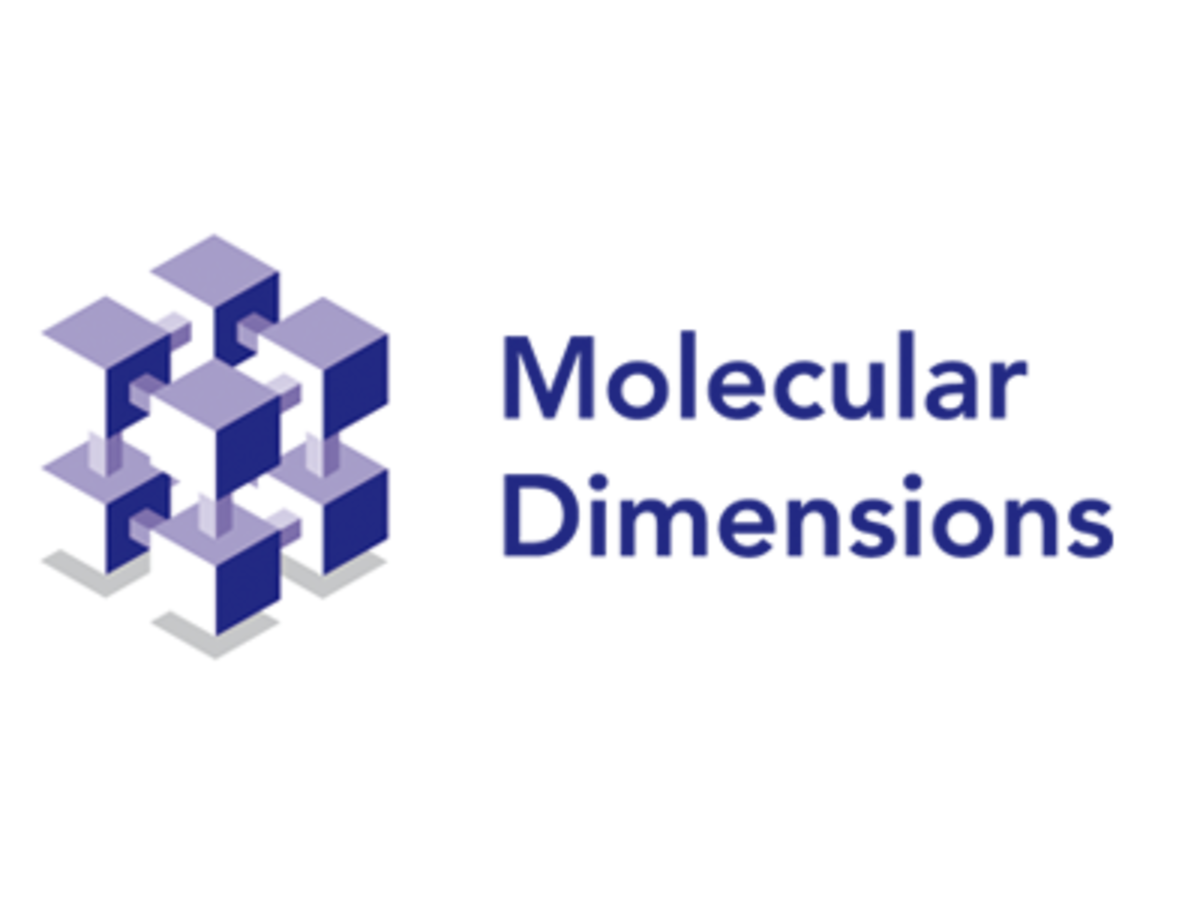Protein structures are typically determined by X-ray crystallography, nuclear magnetic resonance (NMR) spectroscopy or cryogenic electron microscopy (cryo-EM). Of these, X-ray crystallography is the most common approach, being responsible for around 90% of over 200'000 structures deposited in the Protein Data Bank. This article provides an overview of X-ray protein crystallography, including applications and key protocol steps. It also comments on the development of AlphaFold, a deep-learning platform that has made it possible, for the first time, to use a protein’s amino acid sequence for resolving its structure.
X-ray protein crystallography applications
A leading application of X-ray protein crystallography is its use to reveal how specific mutations are linked to disease. For example, using X-ray protein crystallography, researchers have been able to explain how the S13F mutation in the chloride channel cystic fibrosis transmembrane regulator (CFTR) disrupts binding between CFTR and filamin to cause cystic fibrosis1.
X-ray protein crystallography is also widely used during drug development. A popular strategy involves using X-ray protein crystallography to structurally define the active site of an enzyme, allowing for improved drug targeting. More recently, it has become possible to screen whole fragment libraries, accelerating the fragment-to-drug process2.
Other applications of X-ray protein crystallography include its use for studying protein-protein interactions, such as those between neutralizing antibodies and the SARS-CoV-2 receptor binding domain, and its implementation for characterizing PROTACs, the advanced protein degraders that have shown encouraging results against seemingly ‘undruggable’ targets 3,4.
Notably, the first protein to have its structure determined by X-ray crystallography was myoglobin, which saw Max Perutz and John Kendrew awarded the Nobel Prize for Chemistry in 1962. More recently, X-ray crystallography was used to resolve the structure of the ribosome, leading to Ada Yonath, Venki Ramakrishnan and Thomas A. Steitz receiving the Nobel Prize for Chemistry in 2009.
Key protocol steps
X-ray protein crystallography begins with creating a solution that is supersaturated in the protein of interest, without fundamentally alter the protein’s natural state. This is achieved by adding mild precipitating agents, such as neutral salts or polymers, to the parent solution while simultaneously manipulating parameters such as temperature, pH, ionic strength, and the concentrations of various buffer additives5. Often, hundreds of different conditions must be compared to identify those which promote crystal nucleation and growth, making it common to use specialized liquid handling robots and pre-configured screens for these types of studies.
Sitting- or hanging-drop vapor diffusion are widely used crystallization screening methods. In the sitting drop method, a drop comprising a mixture of the parent solution and the precipitating reagent is placed on an elevated platform above a reservoir, which contains the precipitating reagent at a higher concentration than the drop. As the water evaporates from the drop toward the reservoir, the protein concentration is increased. The hanging drop method is similar, but the drop is suspended from a cover slip instead of resting on a platform. Other methods for promoting supersaturation include microbatch crystallization, microdialysis, and free-interface diffusion5.
Once protein crystals have been obtained, they are removed from the drop with a loop and plunged into liquid nitrogen, which serves to protect the crystals from radiation damage. X-ray data is then collected, either using a laboratory X-ray source or at a synchrotron, where very high intensity and highly focused X-rays are generated. During this step, each crystal is placed in a narrow beam of X-ray photons that are all traveling in the same direction. By measuring X-ray diffraction, which results from the photons interacting with the crystal, and applying complex mathematical formulae, it is possible to produce a three-dimensional map of the protein. Factors influencing the data collection time include the intensity of the X-ray source, the size of the crystal, and how well it diffracts.
The dawn of the AlphaFold age
AlphaFold, a state-of-the-art artificial intelligence (AI) system developed by Google DeepMind, promises to revolutionize the modeling of protein structures and interactions6. By predicting a protein’s 3D structure from its amino acid sequence, with an accuracy that rivals experimental methods, AlphaFold holds vast potential to accelerate protein research, including by revealing previously unsolvable structures. The latest version of AlphaFold was released in June 2024 and provides even greater accuracy than previous versions7.
Supporting your research
LubioScience is Switzerland's fastest growing Life Science distributor and works closely with partners including Molecular Dimensions to offer high-quality products for X-ray crystallography. These include various crystallization screens and plates, cryocrystallography supplies such as loops and cryoprotectants, and Crystallophore N°1, a new lanthanide complex that promotes better crystal formation. Contact us today to discuss how we can support your project.
Featured suppliers

Molecular Dimensions
Molecular Dimensions is a world leading supplier of products for protein crystallography. These include modern screens, reagents, other consumables and instrumentation for protein structure determination by X-ray crystallography and Cryo-EM.
About Molecular Dimensions Shop for Molecular Dimensions products

Anatrace - For membrane protein studies
Anatrace develops and supplies high-purity detergents, lipids and reagents for membrane protein studies.
References
- Smith, L. et al. (2010). Biochemical Basis of the Interaction between Cystic Fibrosis Transmembrane Conductance Regulator and Immunoglobulin-like Repeats of Filamin. Journal of Biological Chemistry, Volume 285, Issue 22, 17166 - 17176
- Maveyraud L. et Mourey L. (2020). Protein X-ray Crystallography and Drug Discovery. Molecules. 2020;25(5):1030.
- Ge J. et al. (2021). Antibody neutralization of SARS-CoV-2 through ACE2 receptor mimicry. Nat Commun. 2021;12(1):250.
- Konstantinidou M et al. (2019). PROTACs- a game-changing technology. Expert Opin Drug Discov. 2019;14(12):1255-1268.
- McPherson A. et. Gavira JA. (2014). Introduction to protein crystallization. Acta Crystallogr F Struct Biol Commun. 2014;70(Pt 1):2-20.
- Senior AW. et al. (2020). Improved protein structure prediction using potentials from deep learning. Nature. 2020;577(7792):706-710.
- Abramson J et al. (2024). Accurate structure prediction of biomolecular interactions with AlphaFold 3. Nature. 2024;630(8016):493-500.
